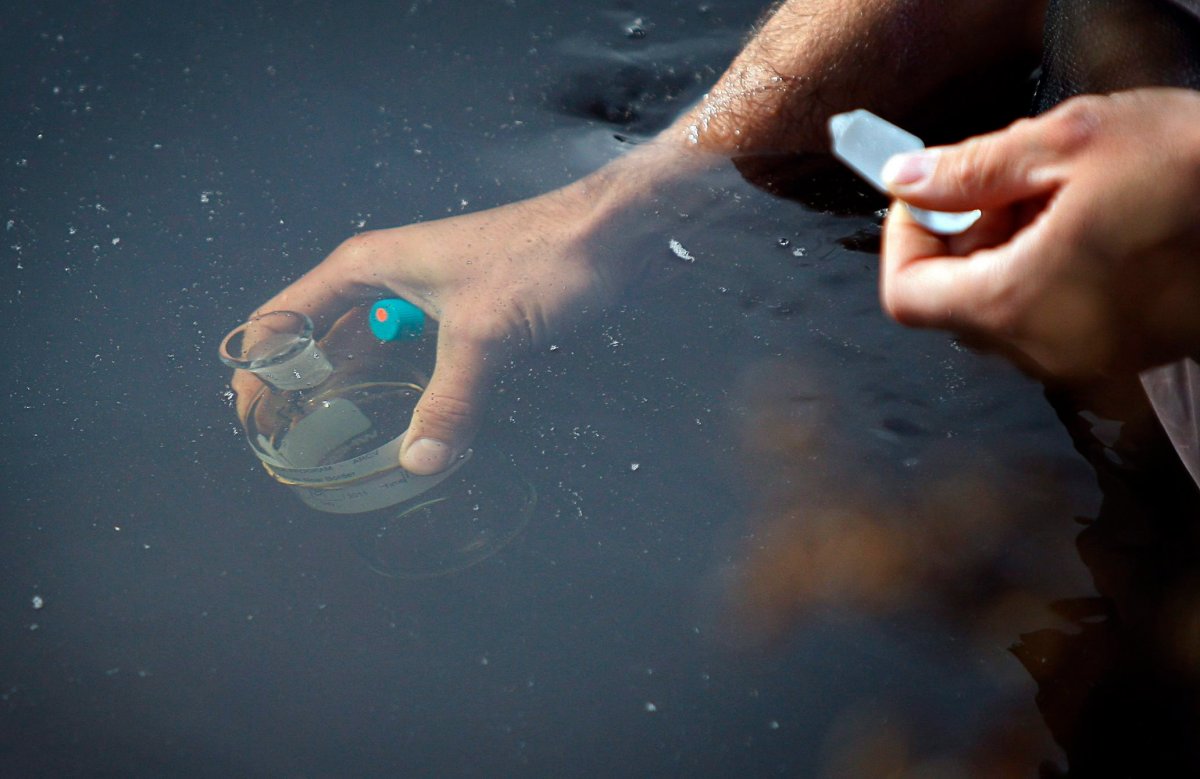With the official start of summer less than a week away, those heading to the lakeside community of Port Stanley, Ont., this weekend may want to exercise caution around their beach day plans.

The Southwestern Public Health Unit (SWPH) has issued a swim advisory for Little Beach due to high levels of E. coli, an indicator of contamination by human or animal fecal matter in the water that makes swimming unsafe.
SWPH based its advisory on the latest testing data, released Wednesday, and notes that “E. coli, as well as the presence of other disease-causing organisms, can cause intestinal illness or infections of the eyes, ears, nose or throat.”
Ontario’s recreational water-quality guidelines limit E. coli levels to a maximum of 200 per 100 millilitres of water. Amy Pavletic, SWPH manager of environmental health, told Global News Thursday that the level of the bacteria found in Little Beach this week stood just over 250.
“It’s not a situation where it’s posted permanently,” she said. “We would just like to make sure that the public is aware that the level was high at the time sampling. It’s likely to come down the next week.”
During the summer months, the health unit’s environmental team conducts weekly beach water sampling, with the first taking place this past week.
Although Little Beach received a red status, other beaches across Elgin County, including Main Beach and Erie Rest in Port Stanley, are open for swimming. Port Bruce, Port Glasgow, and the Spingwater Conservation Area were also given the green light.
“It’s not uncommon for different beaches to have different bacterial levels, even if they’re relatively close together,” Pavletic noted.
“It’s just basically due to the geographic and ecological impacts of that beach itself,” she said. “Is it in a little bit of a bay, is (there) a runoff from streams or rivers, or is there anything else affecting the water when we do our sampling on that day?”
Weather conditions can also adversely affect water quality. “If the water is cloudy from rough water or heavy rains, it may have high levels of bacteria for up to two days,” Pavletic said, adding that people should consider recent weather conditions when deciding whether or not to go swimming.
If water testing shows a public beach is unsafe for swimming, warning signs are posted to tell people that swimming poses a health risk and is not recommended.








Comments